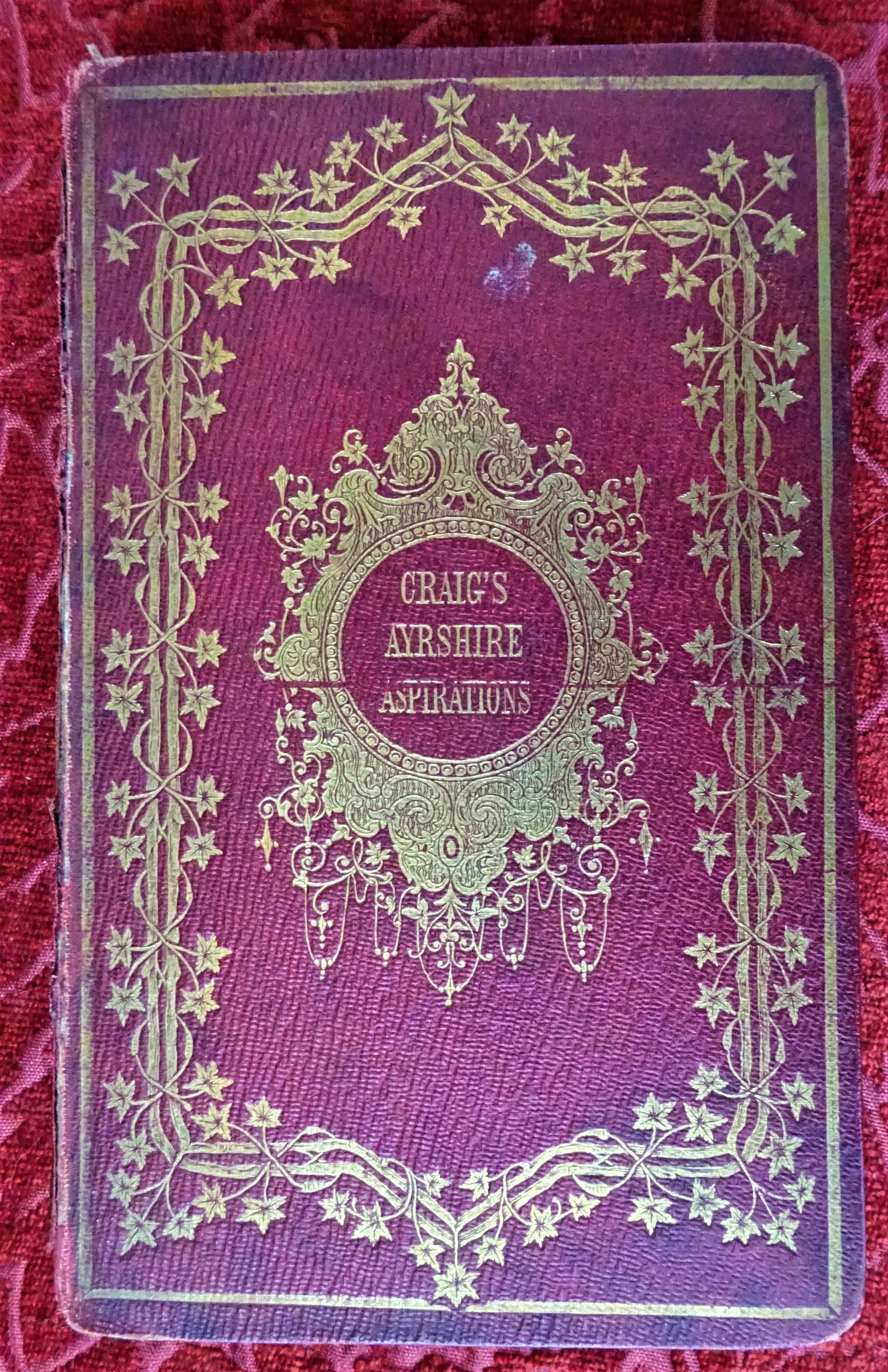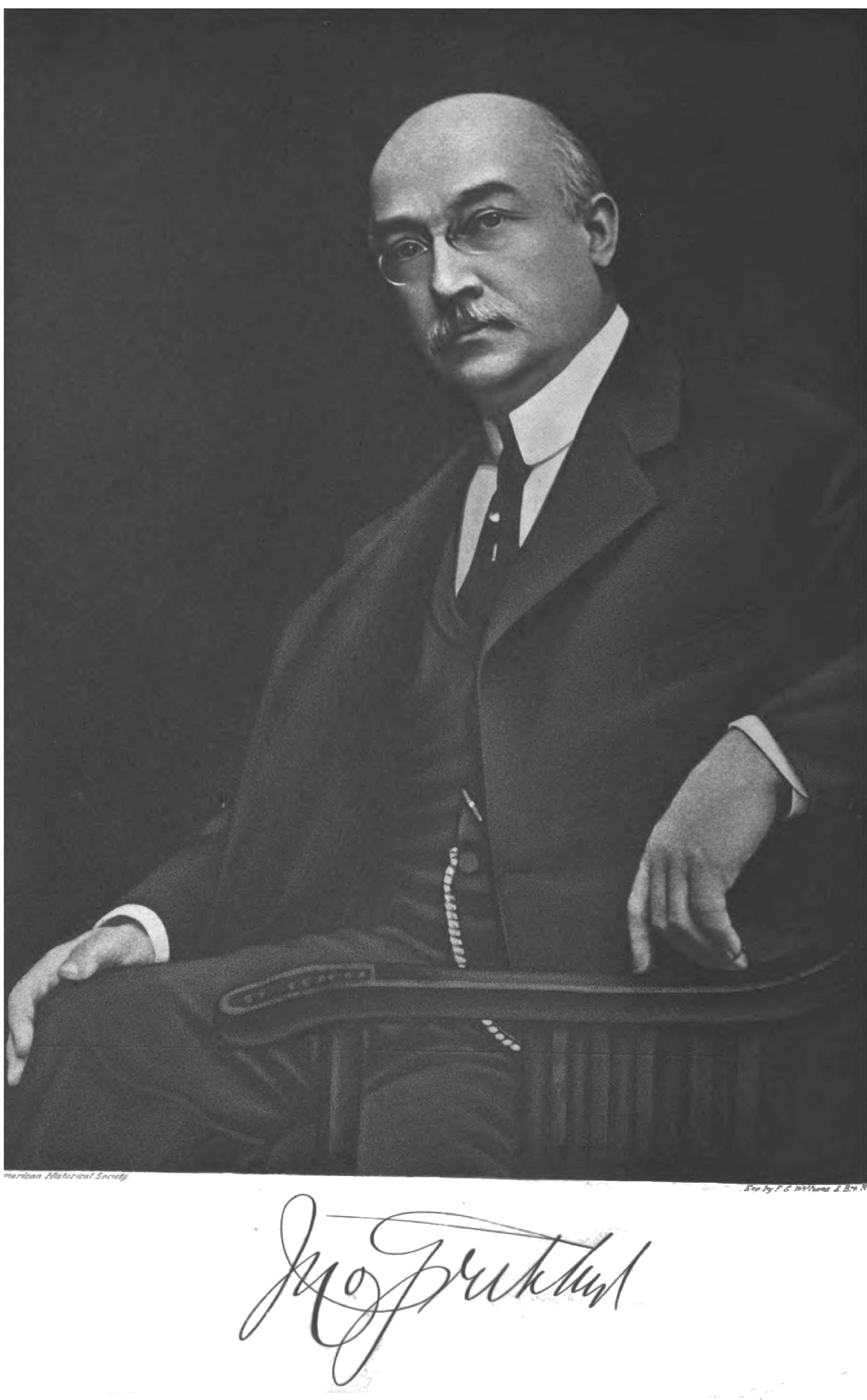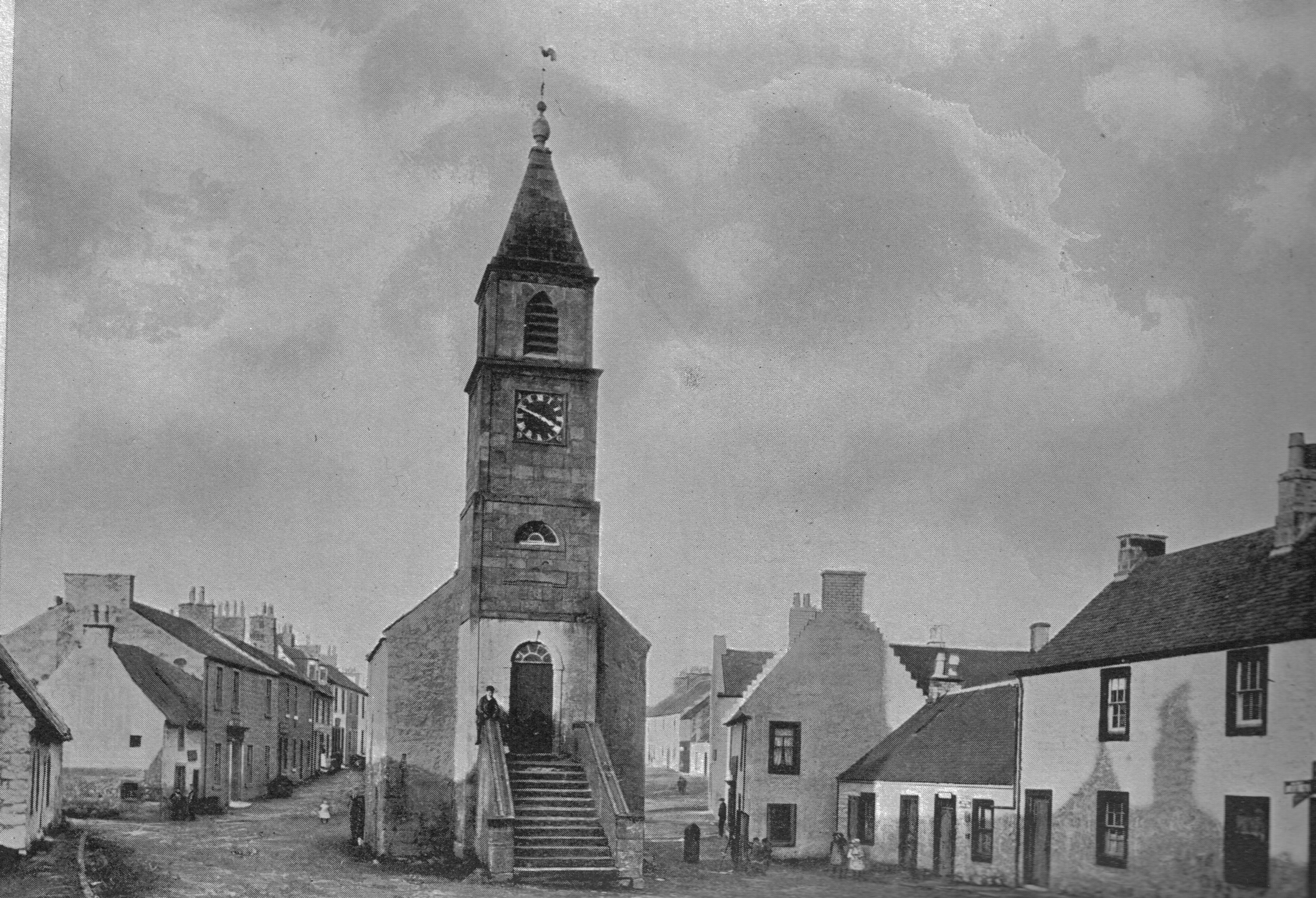|
James McKie (publisher)
James M'Kie or James McKie (1816–1891) was an apprentice of Hugh Crawford, John Wilson's successor at the Kilmarnock Cross printing business. In 1867, M'Kie published the first facsimile edition of the 1786 "Kilmarnock Edition" or ''Poems, Chiefly in the Scottish Dialect'' as well as various bibliographies, reprints, special editions, limited editions, etc. of Robert Burns' and other works for the Scottish, British, British Empire or North American markets. He became an avid collector of Burnsiana and put together the largest collection of published in the world at the time, that was eventually purchased by the local Kilmarnock Corporation and housed in the Kay Park Burns Museum. Life and character M'Kie was born at Kilmarnock, East Ayrshire, on 7 October 1816, reportedly the illegitimate son of James M'Kie, a carpet weaver and Elizabeth Boyd, later married as Elizabeth Brown. At the age of 11 in 1828 he became an apprentice bookbinder at the Kilmarnock Cross premises of John ... [...More Info...] [...Related Items...] OR: [Wikipedia] [Google] [Baidu] |
Kilmarnock
Kilmarnock (, sco, Kilmaurnock; gd, Cill Mheàrnaig (IPA:[kʰʲɪʎˈveaːɾnəkʲ]), "Marnock's church") is a large town and former burgh in East Ayrshire, Scotland and is the administrative centre of East Ayrshire, East Ayrshire Council. With a population of 46,770, Kilmarnock is the List of towns and cities in Scotland by population, 14th most populated settlement in Scotland and the largest town in Ayrshire. The town is continuous to nearby neighbouring villages Crookedholm and Hurlford to the east, and Kilmaurs to the west of the town. It includes former villages subsumed by the expansion of the town such as Bonnyton, East Ayrshire, Bonnyton and new purpose built suburbs such as New Farm Loch. The town and the surrounding Greater Kilmarnock area is home to 32 Listed building, listed buildings and structures designated by Historic Environment Scotland. The River Irvine runs through the eastern section of Kilmarnock, and the River Irvine, Kilmarnock Water passes through ... [...More Info...] [...Related Items...] OR: [Wikipedia] [Google] [Baidu] |
William Burnes
William Burnes or William Burness (11 November 1721 – 13 February 1784) was the father of the poet Robert Burns. He was born at either Upper Kinmonth or Clochnahill Farm, Dunnottar, Kincardineshire, and trained as a gardener at Inverugie Castle, Aberdeenshire, before moving to Ayrshire and becoming a tenant farmer. His parents were Robert Burnes and Isabella Keith.Calgary Burns Club Retrieved : 22 April 2012 He retained the spelling 'Burnes' throughout his life; however, his son favoured the Ayrshire spelling of 'Burns'.Mackay, Page 28 Life and character William had three brothers: George died young,Mackay, Page 22 James and |
People Of The Scottish Enlightenment
A person ( : people) is a being that has certain capacities or attributes such as reason, morality, consciousness or self-consciousness, and being a part of a culturally established form of social relations such as kinship, ownership of property, or legal responsibility. The defining features of personhood and, consequently, what makes a person count as a person, differ widely among cultures and contexts. In addition to the question of personhood, of what makes a being count as a person to begin with, there are further questions about personal identity and self: both about what makes any particular person that particular person instead of another, and about what makes a person at one time the same person as they were or will be at another time despite any intervening changes. The plural form "people" is often used to refer to an entire nation or ethnic group (as in "a people"), and this was the original meaning of the word; it subsequently acquired its use as a plural form of per ... [...More Info...] [...Related Items...] OR: [Wikipedia] [Google] [Baidu] |
Robert Burns
Robert Burns (25 January 175921 July 1796), also known familiarly as Rabbie Burns, was a Scottish poet and lyricist. He is widely regarded as the national poet of Scotland and is celebrated worldwide. He is the best known of the poets who have written in the Scots language, although much of his writing is in a "light Scots dialect" of English, accessible to an audience beyond Scotland. He also wrote in standard English, and in these writings his political or civil commentary is often at its bluntest. He is regarded as a pioneer of the Romantic movement, and after his death he became a great source of inspiration to the founders of both liberalism and socialism, and a cultural icon in Scotland and among the Scottish diaspora around the world. Celebration of his life and work became almost a national charismatic cult during the 19th and 20th centuries, and his influence has long been strong on Scottish literature. In 2009 he was chosen as the greatest Scot by the Scottish pub ... [...More Info...] [...Related Items...] OR: [Wikipedia] [Google] [Baidu] |
Scottish Literature
Scottish literature is literature written in Scotland or by List of Scottish writers, Scottish writers. It includes works in Scottish English, English, Scottish Gaelic language, Scottish Gaelic, Scots language, Scots, Brythonic languages, Brythonic, French language, French, Latin language, Latin, Norn language, Norn or other languages written within the modern boundaries of Scotland. The earliest extant literature written in what is now Scotland, was composed in Brythonic speech in the sixth century and has survived as part of Welsh-language literature, Welsh literature. In the following centuries there was literature in Latin, under the influence of the Catholic Church, and in Old English, brought by Angles, Anglian settlers. As the state of Alba developed into the kingdom of Scotland from the eighth century, there was a flourishing literary elite who regularly produced texts in both Gaelic and Latin, sharing a common literary culture with Ireland and elsewhere. After the David ... [...More Info...] [...Related Items...] OR: [Wikipedia] [Google] [Baidu] |
John Gribbel
John Gribbel (March 29, 1858 – August 25, 1936) was an American businessman, industrialist and philanthropist. He is best remembered for his donation of the Glenriddell Manuscripts to the National Library of Scotland.''American Biography'' (1919) The American Historical Society, New York Biography John Gribbel was born March 29, 1858, in Hudson City, (now known as Jersey City), New Jersey, the son of James Gribbel, a manufacturer of mining equipment, and Anna West Simmons, his wife. Both parents were born in Cornwall, England and emigrated to the United States in 1838. After preparatory courses of study, he entered the College of the City of New York, remaining until 1876. In that year he found employment in the Importers' and Traders' National Bank of New York City, transferring his services, in 1877, to the Leather Manufacturers' Bank in the same city. After remaining with the latter institution until 1883, Gribbel went to Philadelphia as agent for Harris, Griffin & Company ... [...More Info...] [...Related Items...] OR: [Wikipedia] [Google] [Baidu] |
Duncan McNaught
Duncan McNaught LL.D., J.P., (1845 – 1 June 1925) was born in Alexandria, West Dunbartonshire, Alexandria, Dunbartonshire in 1845. He was the parochial school teacher at Kilmaurs in East Ayrshire from 1867 and served at the school for over fifty years, having served as assistant from 1865. He founded the Kilmarnock Conservative Association, jointly founded the Robert Burns World Federation, acted as the editor of the "''Burns Chronicle''" and was the president of what became the Robert Burns World Federation. Life and background In 1870 McNaught was approached by Sir William Montgomerie Cunninghame of Corsehill Castle, Corsehill with a request for assistance with the restoration of the 1600 AD monument to the 7th Earl of Glencairn, his countess and their children that stands in the Glencairn Aisle. The crypt beneath the aisle was first excavated and portions of the monument were recovered. The monument was extensively restored by Robert Boyd, an employee of Messrs. Boyd and F ... [...More Info...] [...Related Items...] OR: [Wikipedia] [Google] [Baidu] |
Kilmaurs
Kilmaurs () is a village in East Ayrshire, Scotland which lies just outside of the largest settlement in East Ayrshire, Kilmarnock. It lies on the Carmel Water, southwest of Glasgow. Population recorded for the village in the 2001 Census recorded 2,601 people resided in the village It was in the Civil Parish of Kilmaurs. History Kilmaurs was known as the hamlet of Cunninghame until the 13th century.Groome, Francis H. (1903). ''Ordnance Gazetteer of Scotland.'' Pub. Caxton. London. P. 938.Tranter, Nigel (1965), ''The Fortified House in Scotland. V. 3. South-West Scotland.'' Pub. Oliver & Boyd. P. 40. The population in 1874 was 1,145. Alex Young suggested that the name Kilmaurs comes from the Gaelic meaning Hill of the Great Cairn.Young, Alex F.(2001). Old Kilmaurs and Fenwick. . Young’s suggestion for the Gaelic origins of the placename Kilmaurs is extremely unlikely. Earliest medieval records refer to an early medieval church dedicated to a saint (probably a Saint Maura) c ... [...More Info...] [...Related Items...] OR: [Wikipedia] [Google] [Baidu] |
Burns Calendar
Burns may refer to: * Burn, an injury (plural) People: * Burns (surname), includes list of people and characters Business: * Burns London, a British guitar maker Places: ;In the United States * Burns, Colorado, unincorporated community in Eagle County * Burns, Kansas, city in Marion County * Burns, Missouri, unincorporated community * Burns, New York, town in Allegany County * Burns, Oregon, city in Harney County * Burns, Tennessee, town in Dickson County * Burns, Wisconsin, town in La Crosse County ** Burns (community), Wisconsin, an unincorporated community * Burns, Wyoming, town in Laramie County Buildings: * H.B. Burns Memorial Building, listed on the National Register of Historic Places in Washington, D.C. Ships: * USS ''Burns'' (DD-171), a United States Navy destroyer in commission from 1919 to 1930 * USS ''Burns'' (DD-588), a United States Navy destroyer in commission from 1943 to 1946 * USS ''W. W. Burns'' (1861), a schooner acquired by the United States Navy in 1861 ... [...More Info...] [...Related Items...] OR: [Wikipedia] [Google] [Baidu] |
Centenary Reprint And Facsimile Of The 'Kilmarnock Edition' 1886
{{other uses, Centennial (other), Centenary (other) A centennial, or centenary in British English, is a 100th anniversary or otherwise relates to a century, a period of 100 years. Notable events Notable centennial events at a national or world-level include: * Centennial Exhibition, 1876, Philadelphia, Pennsylvania. First official World's Fair in the United States, celebrating the 100th anniversary of the signing of the Declaration of Independence in Philadelphia. About 10 million visitors attended, equivalent to about 20% of the population of the United States at the time. The exhibition ran from May 10, 1876, to November 10, 1876. (It included a monorail.) * New Zealand Centennial Exhibition, 1939–1940, celebrated one hundred years since the signing of the Treaty of Waitangi in 1840 and the subsequent mass European settlement of New Zealand. 2,641,043 (2.6 million) visitors attended the exhibition, which ran from 8 November 1939 until 4 May 1940. * 1967 ... [...More Info...] [...Related Items...] OR: [Wikipedia] [Google] [Baidu] |
The 1909 Facsimile By D
''The'' () is a grammatical article in English, denoting persons or things already mentioned, under discussion, implied or otherwise presumed familiar to listeners, readers, or speakers. It is the definite article in English. ''The'' is the most frequently used word in the English language; studies and analyses of texts have found it to account for seven percent of all printed English-language words. It is derived from gendered articles in Old English which combined in Middle English and now has a single form used with pronouns of any gender. The word can be used with both singular and plural nouns, and with a noun that starts with any letter. This is different from many other languages, which have different forms of the definite article for different genders or numbers. Pronunciation In most dialects, "the" is pronounced as (with the voiced dental fricative followed by a schwa) when followed by a consonant sound, and as (homophone of pronoun ''thee'') when followed by a ... [...More Info...] [...Related Items...] OR: [Wikipedia] [Google] [Baidu] |
Poems, Chiefly In The Scottish Dialect
''Poems, Chiefly in the Scottish Dialect'', commonly known as the Kilmarnock Edition, is a collection of poetry by Robert Burns, first printed and issued by John Wilson of Kilmarnock on 31 July 1786. It was the first published edition of Burns' work. It cost 3 shillings and 612 copies were printed. The volume was dedicated to Gavin Hamilton. The Kilmarnock volume contained, besides satire, a number of poems like "Halloween" (written in 1785), "The Twa Dogs" and "The Cotter's Saturday Night", which are vividly descriptive of the Scots peasant life with which he was most familiar; and a group like "Puir Mailie" and "To a Mouse", which, in the tenderness of their treatment of animals, revealed one of the most attractive sides of Burns' personality. Six of the original manuscript versions of the poems from the book are in the possession of the Irvine Burns Club. In 1787 Burns travelled to Edinburgh with the intention of organizing a second edition and, after being introduced to ... [...More Info...] [...Related Items...] OR: [Wikipedia] [Google] [Baidu] |



_1938.jpg)



.png)